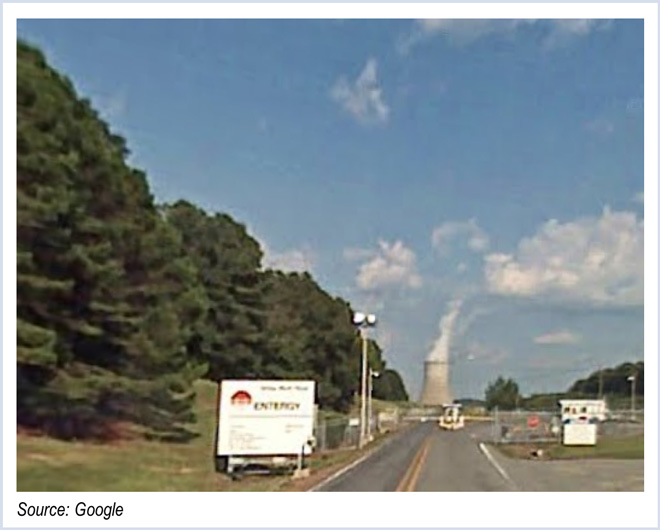By Tom Kleckner
Entergy has proposed closing one of its two largest Arkansas coal plants by 2028 and making modifications to the other to comply with the Environmental Protection Agency’s Regional Haze rule.
Entergy filed the proposal with EPA on Aug. 7, describing it as a “more reasonable, long-term, multi-unit approach” than the agency’s recently published federal implementation plan (FIP) for controlling the utility’s emissions. Entergy said its plan would achieve “virtually identical visibility benefits” as the EPA proposal but cost more than $2 billion less.
The company told EPA it would end coal-fired operations at its White Bluff plant by 2028, accept lower sulfur dioxide (SO2) emission rates at its White Bluff and Independence plants and install nitrogen oxide (NOx) control technology on its coal units within three years of the final FIP’s effective date — likely in 2016.
The EPA’s proposed FIP required installation of scrubbers and low-NOx burners on the four units at White Bluff and Independence, and NOx controls at Entergy’s gas/oil-fired Lake Catherine plant. The Regional Haze rule seeks to improve visibility in parks and wildlife areas by reducing particulate matter emissions.
The New Orleans-based company said its modeling — which it said “EPA should have conducted but failed to undertake” — indicates it does not need to invest more than $2 billion in scrubber technology at the plants and asked the EPA to amend the FIP accordingly.
Entergy said it would not be able to install dry scrubbers at White Bluff — which it shares with several other entities — until at least 2021, leaving only a few years to recover the approximately $1 billion investment. It said the EPA’s analysis incorrectly classified Independence as a best-available retrofit technology (BART)-eligible resource under the Clean Air Act and said the plant is well below EPA’s haze standards.
“Scrubbers at Independence are simply not necessary to ensure that visibility … nor are they justifiable based on EPA’s own analysis of the visibility benefits resulting from such a huge investment,” Entergy said, citing costs of as much as $1.53 billion to install scrubbers.
The utility also disagreed with the EPA’s analysis that proposed NOx BART controls at Lake Catherine. Referring to its own study, Entergy said the NOx controls would result in “inconsequential” visibility improvements.
Entergy said its approach “would ensure superior, long-term visibility benefits than would the proposed FIP” and a “dramatic decrease in [greenhouse gas] emissions, large reductions in SO2 emissions … and large reductions in … NOx emissions.”
White Bluff and Independence are both two-unit baseload coal plants capable of generating more than 1,600 MW each. The two plants date back to 1980 and 1983, respectively, and are ranked among the top 45 dirtiest coal plants by Environment America.
Lake Catherine is a 45-year-old, single-unit, gas/oil-fired plant capable of 750 MW. It is used primarily for peaking purposes.
Glen Hooks, director of the Sierra Club’s Arkansas chapter, praised Entergy for the decision to close White Bluffs but said the company should go further. “Although we’re excited about the announcement, we hope that it also spurs the company to take a hard look at its dirty and outdated Independence coal plant,” he said in a statement.



